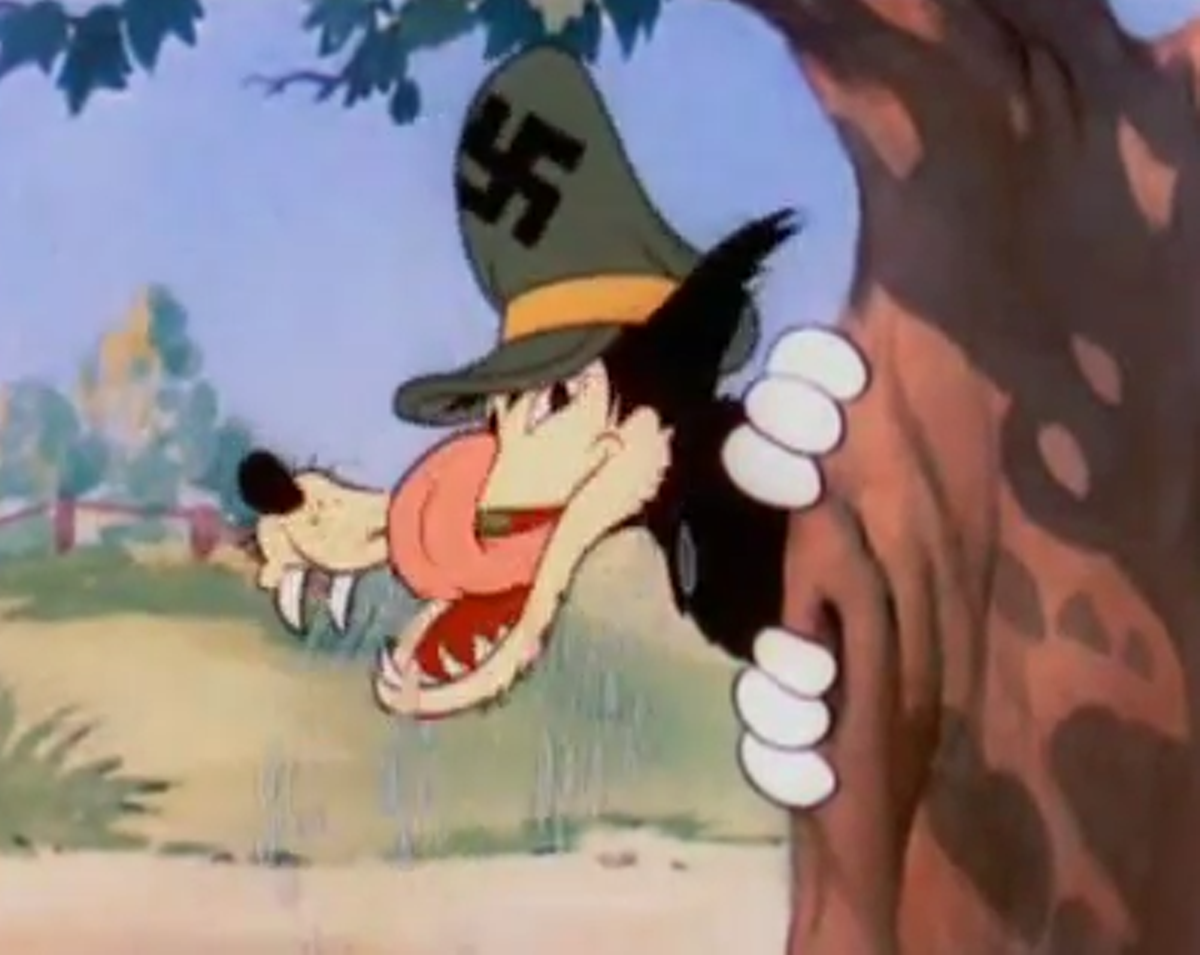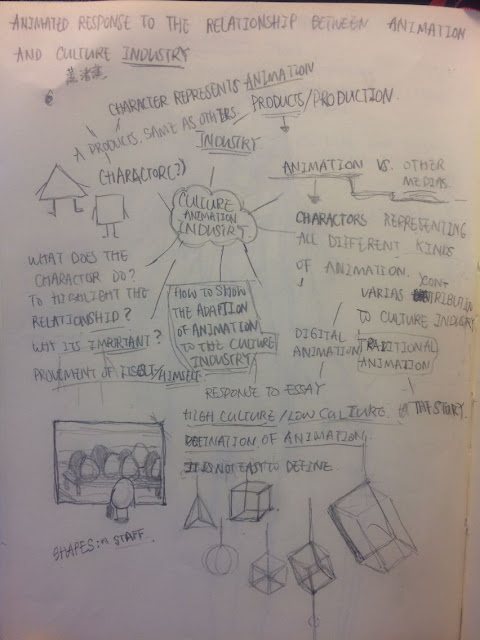As another part of my practical response, I intend to write a set of short script, each about a character I designed. This is the first time I write a piece of script in a formal way, therefore I struggled a bit when I was doing the formatting of it. I came across this video and it answered all of my question when doing it. Here is the first short script I attempted to write.
INT. KITCHEN
During the time of a war, a young
girl trying to learn to cook for the first time. Camera zooms out from her hand
chopping vegetables to her full body. Her mother watches her when she struggled
using the knife and sighs.
MOTHER
Don’t push yourself.
(She walks towards the girl
and pats her softly on her shoulder with a bitter smile, speaks with soft
voice)
The girl stops for a few seconds
looking at the cutting board and rubs her eye. She quickly focuses on chopping
again, bits her lips with a strong face, not answering her mother, she tries a
few more time.
Camera cut to a zoomed in scene of
the cutting board with badly chopped vegetables.
GIRL
I’m sorry…
(Speaks with voice can
barely be heard, turns around and hugs her mother, the mother touches her head
to sooth her)












































